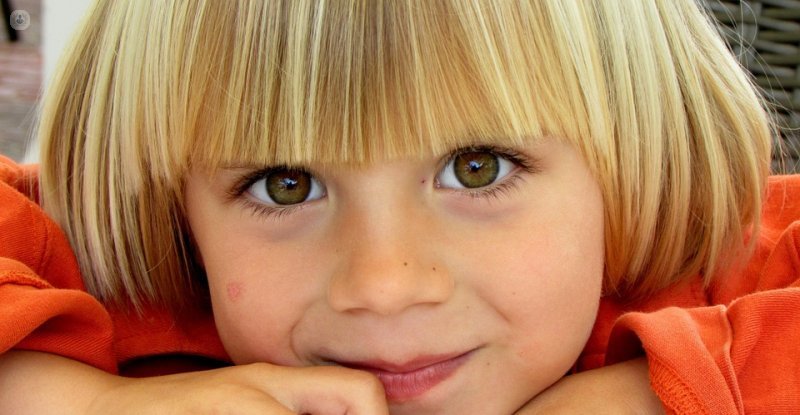Lice: the most feared by small insects
Written by: For several months, there has been a large increase in the school and national incidence of head lice. Most parents have the impression that only people who are not very neat can be infested by these insects. However, the reality is different.
For several months, there has been a large increase in the school and national incidence of head lice. Most parents have the impression that only people who are not very neat can be infested by these insects. However, the reality is different.
The bathe frequently does not prevent or eliminate the possibility of an infestation, once it has been established. Lice infestations are a common affliction that affects children of all walks of life in all parts of the country.
What should I know about head lice?
Head lice live only on the hair and scalp, where they lay their eggs or nits. These insects can not jump or fly, simply get stuck with their legs, which they use to move quickly through the hair. By moving quickly, it is often difficult to see, but the nits can be seen more easily. These are small white eggs with silver tones the size of a comma (,). These eggs hatch and become a louse in a period of about 7-10 days.
How posh transmitted?
As discussed experts Pediatrics , lice are transmitted from one person to another in the following ways:
- By direct contact with the head or hair of an infested person
- Indirectly through one of two ways:
- By sharing personal items such as combs, hats, brushes, bandanas, headbands or hairpins
- Through contact with infested clothing, furniture, car seats, bedding sheets, phones and headsets
Inspection and lice treatment
To make a proper inspection, observe the small hair in good light or using a magnifying lamp. When little is infested with these insects, apply a shampoo or special and medicinal rinse to eliminate lice.
Nits are on the back of the neck or above or behind the pinnae. Using a clean applicator must carefully separate the hair, starting with the neck and the back of the ears. After use, dispose of the applicator.
Often confused with dandruff lice eggs, but should not be. Particles must be removed hair whenever possible. If they continue being engaged, then yes you might suspect are nits or lice.


